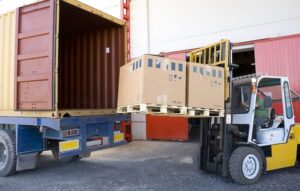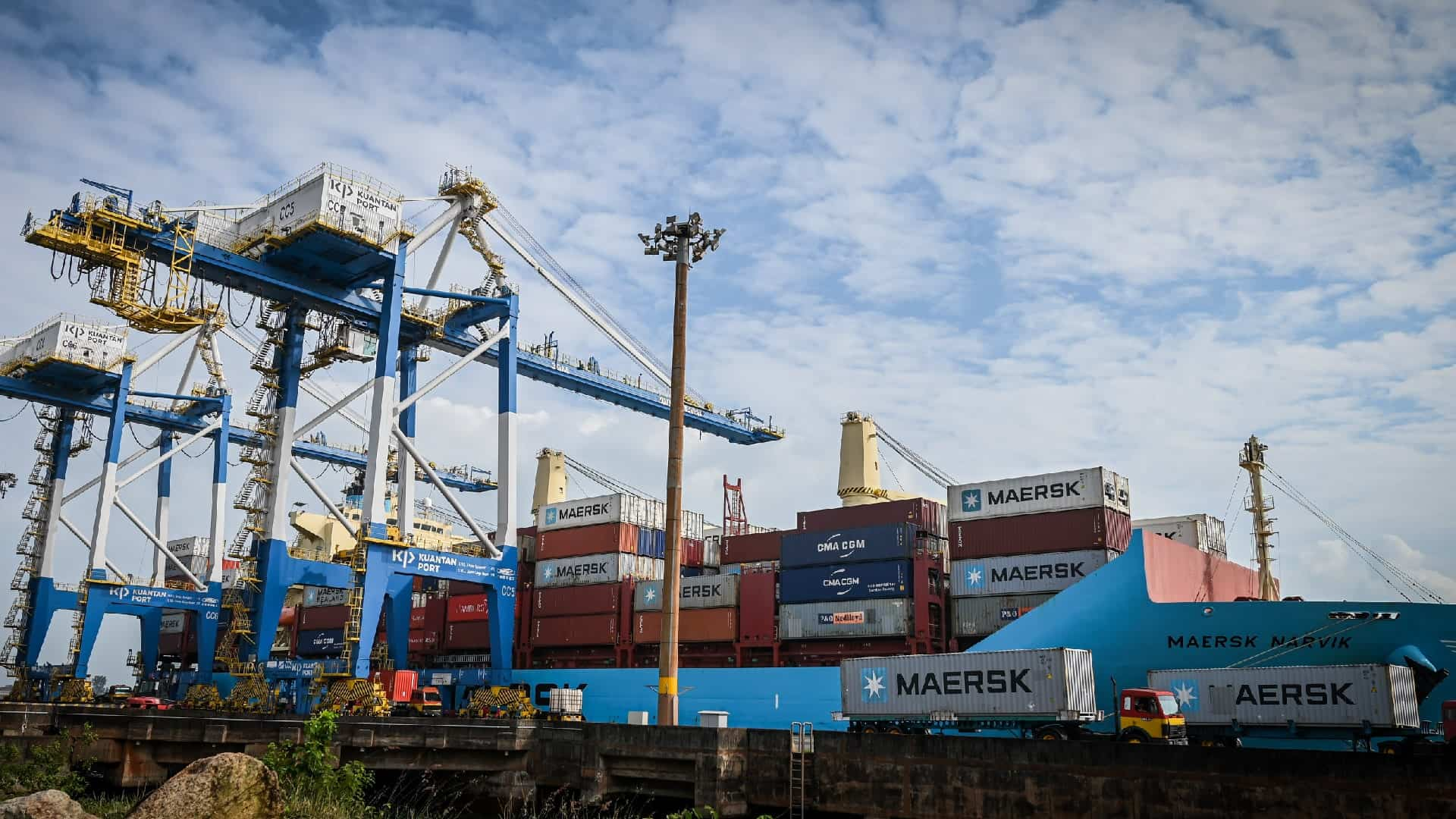
When it comes to sea ports, Malaysia is home to several strategically located sea ports. They play an important role in global maritime trade due to their position along the vital shipping route through the Malacca Straits. Thus, Malaysia is home to one of the biggest port facilities in the world and is also a central hub in international shipping. Sea ports serve as vital hubs for maritime trade, transportation, and logistics, supporting global economies and connecting regions. Their main functions include cargo handling, storage and warehousing, transshipment, customs and security, and more.
These sea ports handle a wide range of cargo and container types and facilitate trade throughout Asia as well as globally. Let’s explore the 7 major Malaysia sea ports and their significance.
7 Major Sea Ports in Malaysia
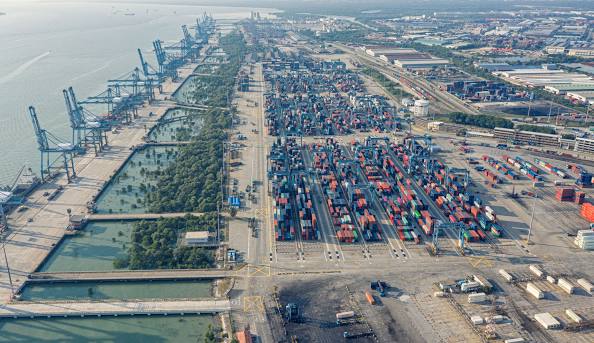
Source: Port Klang
1. Port Klang
Located on the west coast of Peninsular Malaysia, Port Klang Malaysia is the largest and busiest port in the country. It serves as a major gateway for global trade as it is geographically closest to Kuala Lumpur.
Port Klang handles a wide variety of cargo operations including containerized cargo, liquid bulk such as latex, coconut oil, petroleum, fuel, and dry bulk like timber, automobiles and rubber.
Besides that, Port Klang is known to be a major transshipment hub with its three terminals which are Northport, Southport and Westport. It serves as an intermediate location where cargo is being transferred to other ports. Annually, Port Klang manages millions of TEUs (twenty-foot equivalent units) whereas in 2021, it managed 13.7 million TEUs of containers.
Johor port accommodates vessels of all kinds of sizes including the largest container ships making it the 12th biggest port in the world.
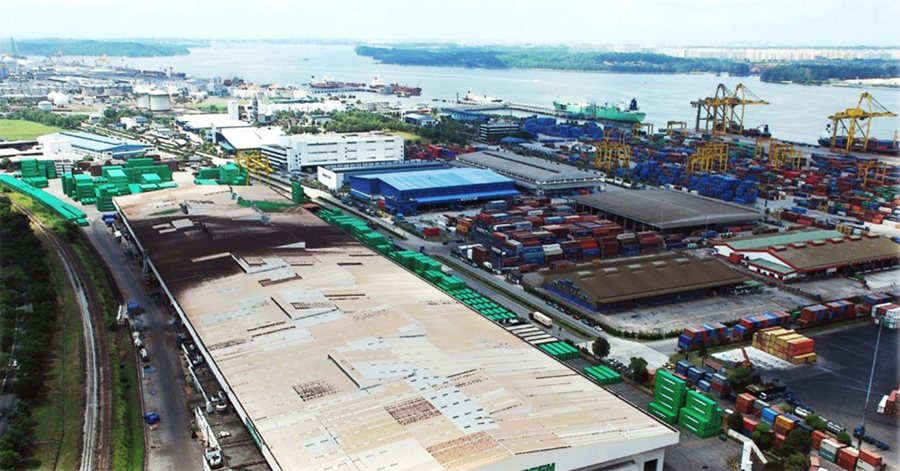
Source: Johor Port
2. Port of Johor
Port of Johor or Johor Port is located in the southern part of Peninsular Malaysia. Due to its geographical location which is near the Singapore Strait, it plays an important role in connecting Malaysia with Singapore and other neighbouring countries like Indonesia.
This port handles a variety of conventional cargo, dry and liquid bulk such as petroleum products, chemical cargo, electrical goods, furniture, packaged foods and liquified natural gas (LNG). It also has a vast storage facility and its primary focus is that it serves petrochemical and bulk industries to other countries.
Apart from that, Johor Port is also known to be the world’s largest palm oil terminal boasting a massive storage capacity of 460,000 MT. What makes this port even more special is the integrated rail connectivity. Johor Port has its own railway station that connects to the national railway network as well as neighbouring countries, making it the key logistic hub in the region.
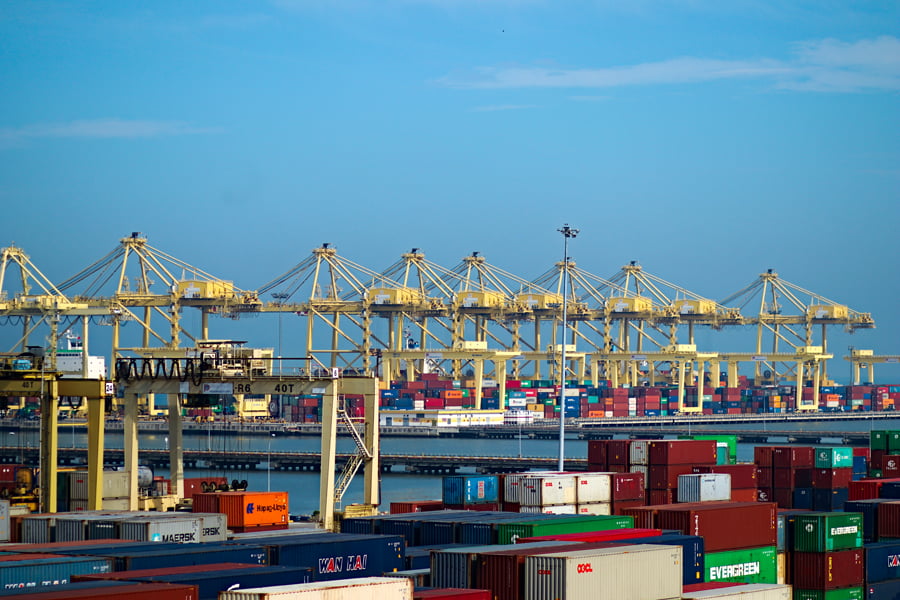
Source: Penang Port
3. Port of Penang
Port of Penang is the older port in Malaysia, Penang Port is located on the northwest coast of Peninsular Malaysia which serves as a gateway for northern Malaysia. Being the country’s third busiest harbour, it handles a significant portion of Malaysia’s exports including containerized goods, break-bulk and dry cargo like timber and rubber. As for the imports, it deals mainly with petroleum goods, iron and food products such as rice and sugar.
Due to its strategic location, it allows the facilitation of seamless connectivity between the northern region of Malaysia and Southern Thailand. Port of Penang also consists of a terminal solely for passengers through the Swettenham Pier. It’s grown to be a hub for passenger cruises where it has emerged to be the busiest harbour for cruise shipping.
This multifunctional port is equipped with 5 container terminals and has a large storage space that exceeds 200,000 sqm. Annually, it has the infrastructure that can handle more than 1 million TEUs of containers. Over the years, it has modernized its port facilities and supports international trade with a focus on manufacturing goods.

Source: Bintulu Port
4. Port of Bintulu
Situated in Sarawak, East Malaysia, Port of Bintulu is the primary maritime gateway to Eastern Malaysia for the regions of Sabah, Sarawak and Labuan. Port of Bintulu is a key hub for Malaysia’s oil and gas industry being the main export hub for liquified natural gas (LNG) from Malaysia. Other than LNG, it can handle a range of cargo including timber, palm oil, crude oil and fertilisers.
Offering modern and sophisticated facilities for handling containers, liquid as well as dry bulk cargo, the multipurpose port can accommodate a capacity of more than 69 million tonnes of cargo and can manage more than 390 TEUs annually. Plus, it comprises 3 berths for handling conventional cargo and 2 additional berths for handling bulk and break-bulk, allowing the seamless operation of various types of shipments.
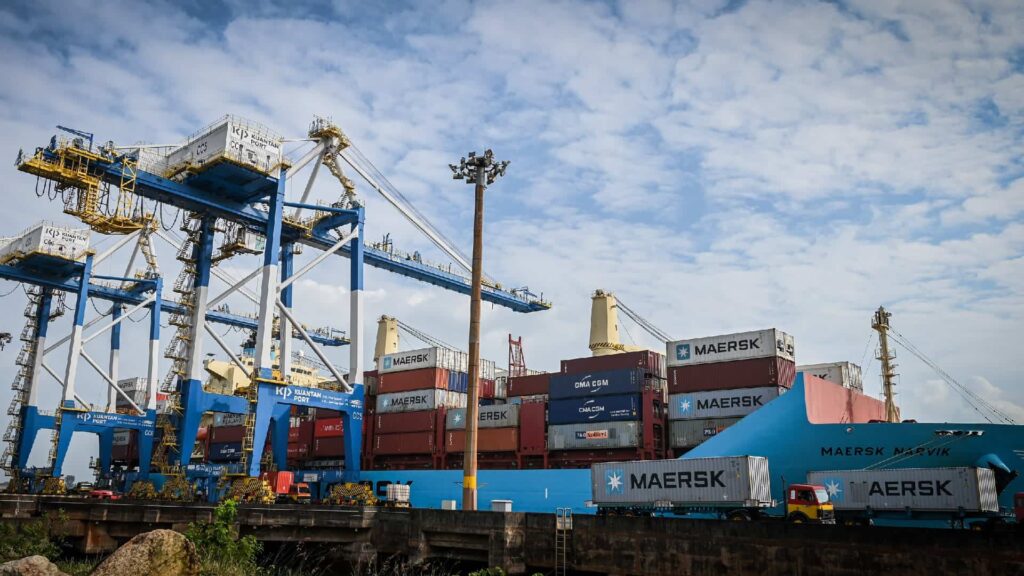
Source: Kuantan Port
5. Port of Kuantan
Port of Kuantan is a multipurpose port located on the east coast of Peninsular Malaysia. Over the years, it has been transformed into two ports – Kuantan Port 1 and New Deep Terminal Water (NDWT) with the latter being specially designed to accommodate larger vessels, allowing more efficient operations.
The port handles a variety of cargo including liquid bulk, dry bulk, break-bulk, and containerized goods. The bulk cargo being handled are those including chemicals, minerals and petroleum. With industrial cargo as their primary cargo, they focus on the exports of iron as well as steel products, making it an important hub for Malaysia’s heavy industrial sector.
Equipped with top-notch facilities and services, the port consists of container berths, liquid chemical handling facilities, multipurpose berth facilities, berths specifically for palm oil and lastly mineral oil berths. The port has grown into a diverse bulk cargo hub, enhancing its global shipping network
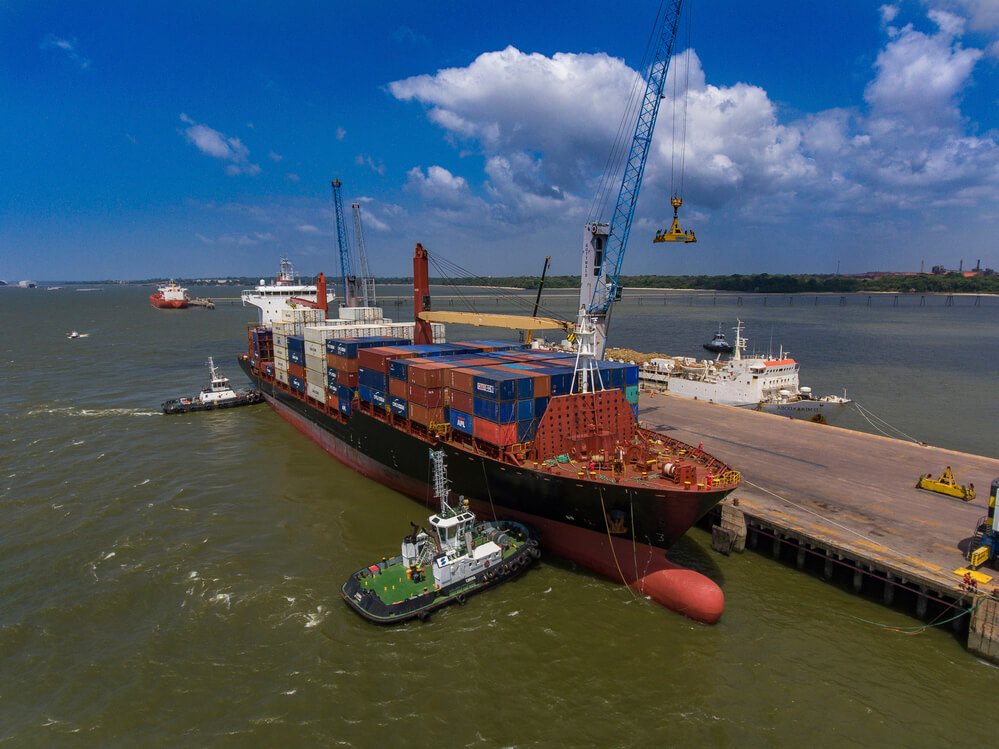
Source: Labuan Port
6. Port of Labuan
This naturally sheltered port, Port of Labuan is located on Labuan Island which is in the east of Malaysia. The port primarily specializes in handling oil and gas products. Apart from oil and gas, Labuan Port is also equipped to handle dry and liquid bulk, containers, offshore and break-bulk cargo. It’s also a vital transshipment point for Brunei, Sabah and Sarawak regions which plays an important role in connecting this region through its maritime operations.
With specialized services and equipment for efficient handling of cargo, Port of Labuan features an open storage for about 15,600 sqm, two warehouses and a container yard with a capacity of 100,000 TEUs annually. In addition to that, the port also has a yard measuring 10,000 sqm and several warehouses outside the port, further enhancing the capacity of the cargo handling operations.
Labuan’s status as a free trade zone offers competitive advantages which allows the port to cater to international shipping and trade with reduced tariffs. Being located strategically allows the port to be an important key player in regional and international maritime trade.
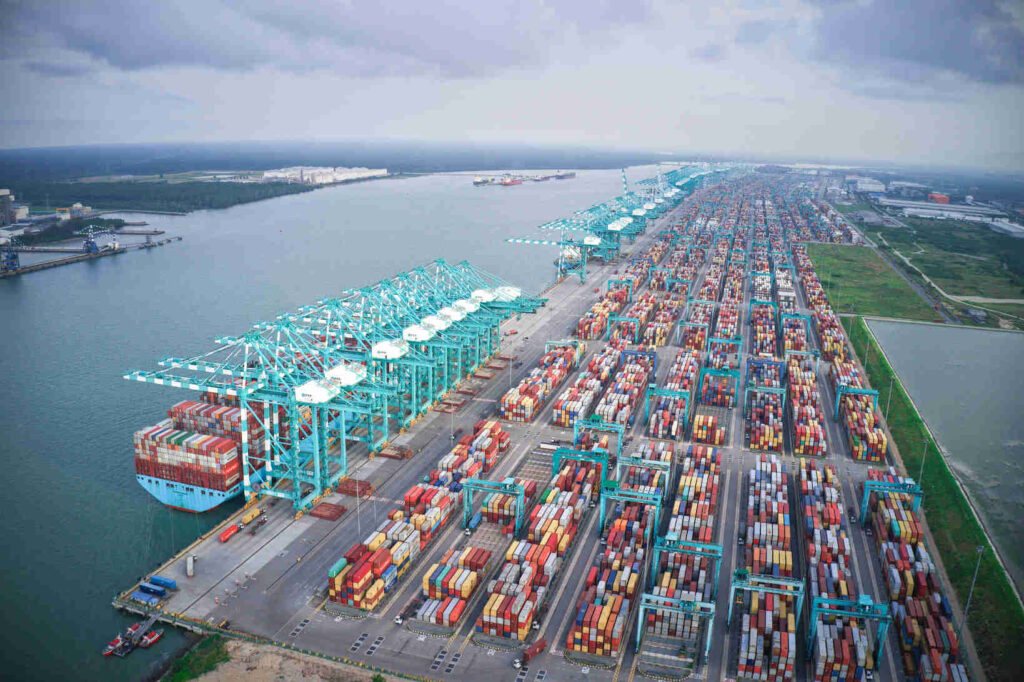
Source: Tanjung Pelepas Port
7. Port of Tanjung Pelepas
Delivering reliable, efficient and advanced services to major shipping lines, Port of Tanjung Pelepas is located in Iskandar Puteri, Johor Bahru District which is near the Malaysian-Singapore border. It’s one of Malaysia’s fastest growing ports which specializes in handling containerized cargo.
Equipped with modernized facilities and information technology systems, Tanjung Pelepas Port (PTP) has become an important transhipment container facility linking Malaysia with other global shipping routes through Singapore and Indonesia. Plus, it provides extensive connectivity to the global market.
Due to the port specializing in only container cargo, it is not a multipurpose facility, unlike the other ports. PTP features 14 container deep-water berths that are specially designed to handle some of the biggest container ships. When it comes to the storage facility, PTP boasts an impressive yard that measures about 290 acres and is capable of storing 6 million TEUs annually.
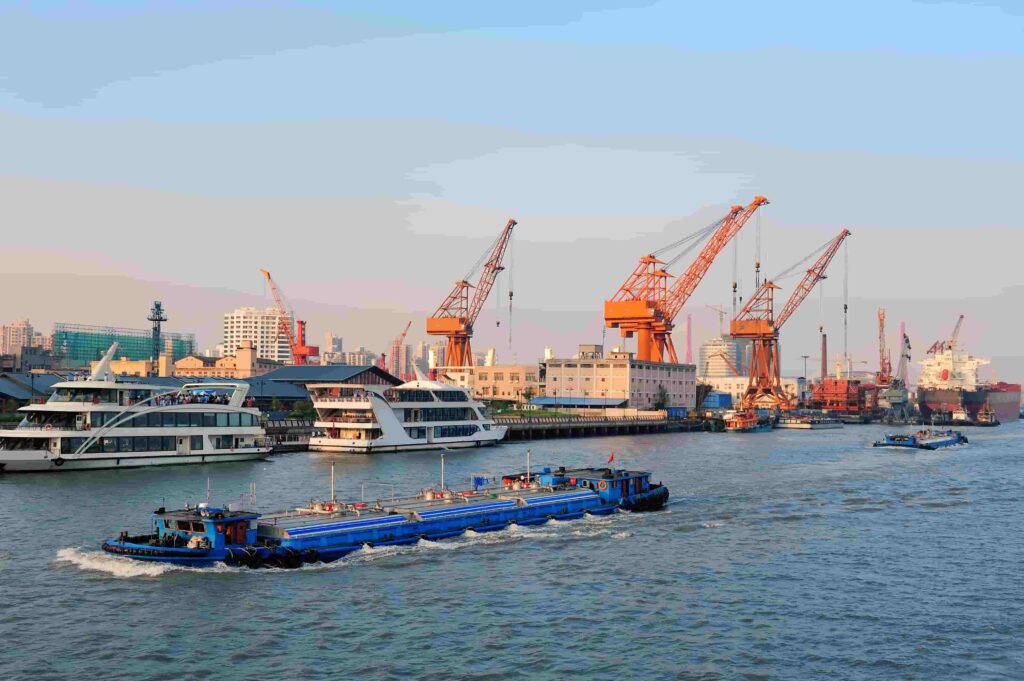
Why Ports in Malaysia Are Unique for Sea Shipments
Malaysia sea ports are unique for a number of reasons. Below are some of the key features of why Malaysia ports stand out in the global maritime industry:
1. Strategic Location
Due to their strategic location along with some of the busiest shipping routes particularly the Malacca Strait. This is where a large volume of global maritime trade across Asia, Europe and the Middle East happens.
2. Efficient Port Infrastructure
Malaysian sea ports are equipped with modern facilities that are designed specially for the various types of cargo. The modern infrastructure allows for smooth operations and efficient cargo handling to take place, making them competitive in global logistics.
3. Deep-water Ports
The deep-water ports are designed to allow them to accommodate some of the world’s largest ships which makes them ideal to be used as a transshipment hub for international shipping lines.
Read more about The Complete Guide to Sea Freight Shipping here.
Parter with Global Track Lines for All Your Shipping Needs
With the various Malaysian sea ports, Malaysia continues to be the key player in the global maritime industry. Freight forwarders play a crucial role in managing the logistics of cargo movement, while port services ensure efficient handling, storage, and transshipment of goods. Together, these services streamline trade processes and strengthen Malaysia’s position in global shipping networks. From cargo handling and customs clearance to warehousing and security, Malaysia’s sea ports facilitate seamless trade across Asia and the world.
For efficient sea freight solutions, freight forwarders in Malaysia, like Global Track Lines play a crucial role in managing the logistics of cargo movement and providing comprehensive sea freight services in Port Klang, from Semenanjung to Sabah and Sarawak, and internationally. We ensure efficient transportation, handling and timely delivery of goods. For more information, contact us today to learn more about how we can help organize your shipping needs.




